Modern Surreal Art
Surrealism (French. Surrealisme – superrealism) – a direction in literature and art of the twentieth century, established in the 1920s. Having arisen in France at the initiative of the writer A. Breton, surrealism soon became an international trend. Surrealists believed that creative energy comes from the realm of the subconscious, which manifests itself during sleep, hypnosis, painful delirium, sudden insights, automatic actions (random wandering of a pencil on paper and other variations). The famous artist Salvador Dali called the “father of surrealism” the Italian painter of the Mannerist period, Giuseppe Arcimboldo, a master of visual puzzles and puns, who lived in the 16th century.
Surrealism in painting developed in two directions. Some artists introduced the unconscious beginning into the process of creating paintings, which were dominated by freely flowing images, arbitrary forms that turn into abstraction (Jean Arp, Max Ernst, A. Mason, H. Miro, and others).
Another direction, which was led by Salvador Dali, was based on the illusory accuracy of reproducing the surreal image that occurs in the subconscious. His paintings are distinguished by a careful manner of writing, accurate transmission of chiaroscuro, perspective, which is typical for academic painting. The viewer, succumbing to the persuasiveness of illusory painting, is drawn into a labyrinth of deceptions and unsolvable puzzles: solid objects spread out, dense objects become transparent, incompatible objects twist and turn, massive volumes acquire weightlessness, and all this creates an image impossible in reality.
Dark surreal art
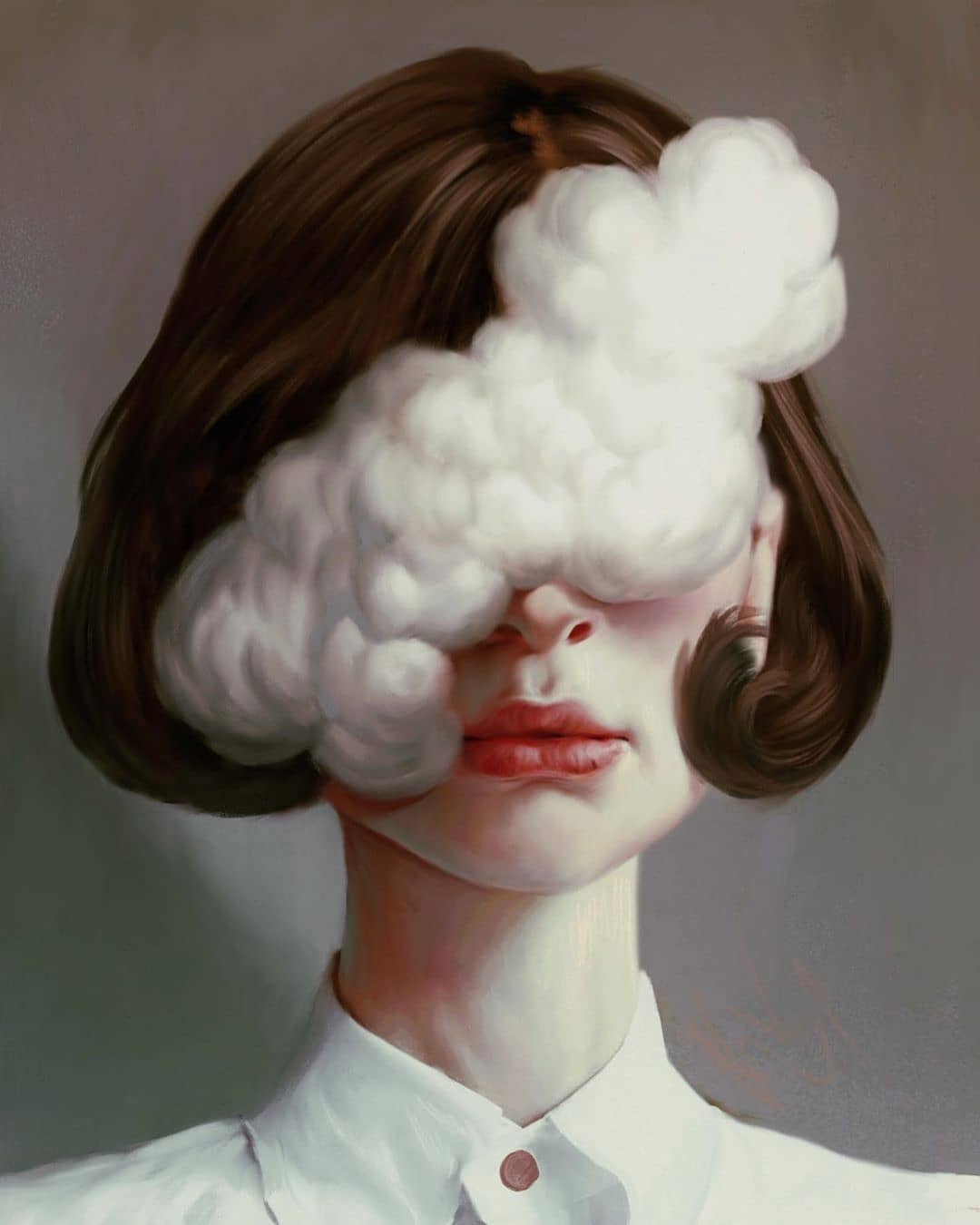
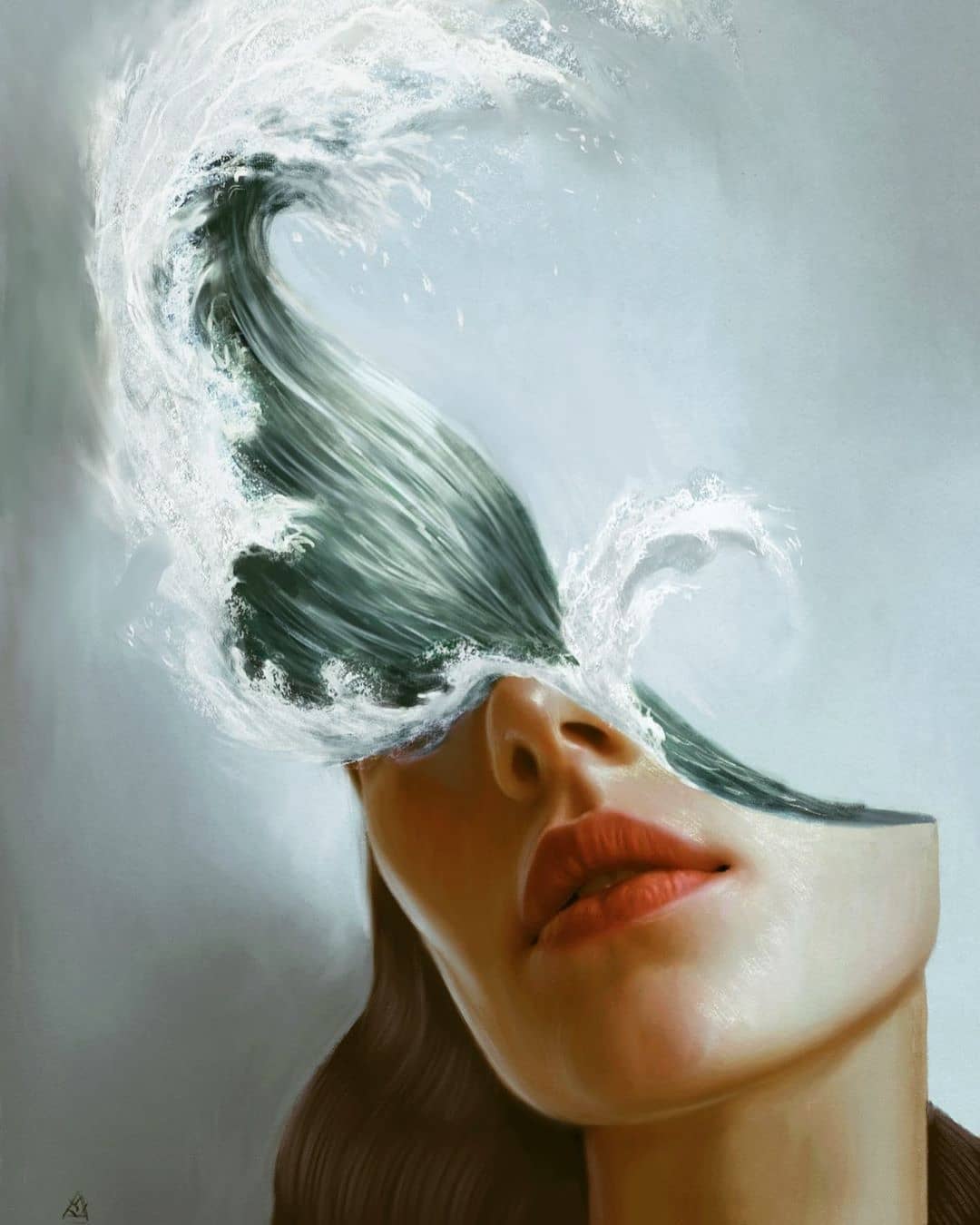
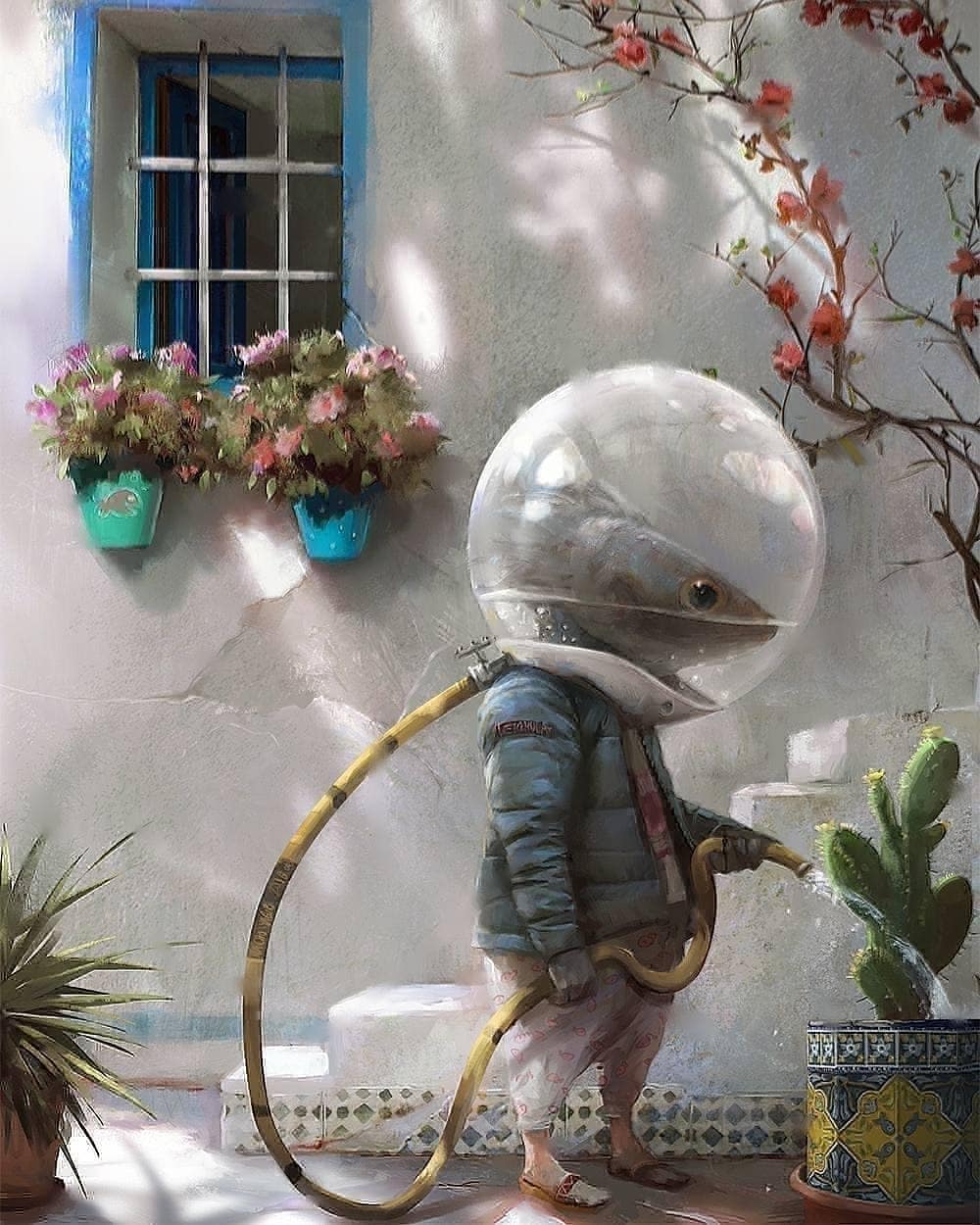
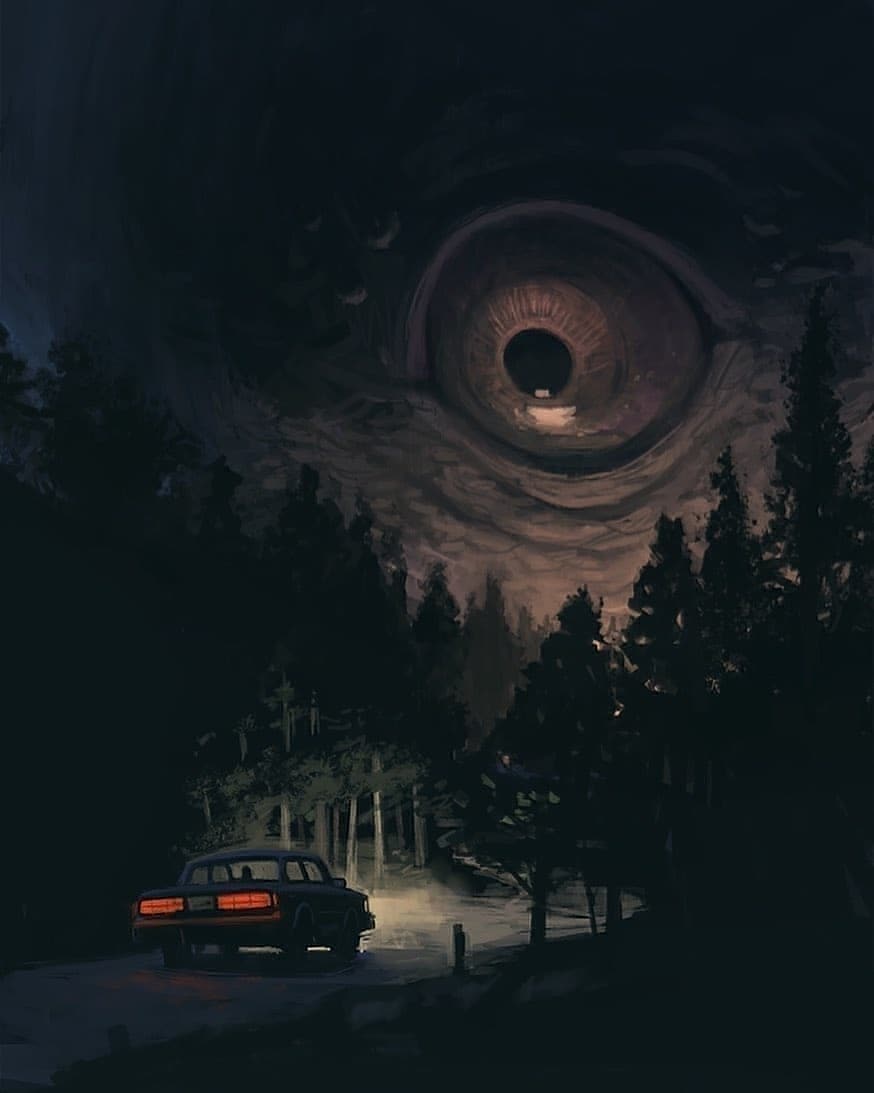

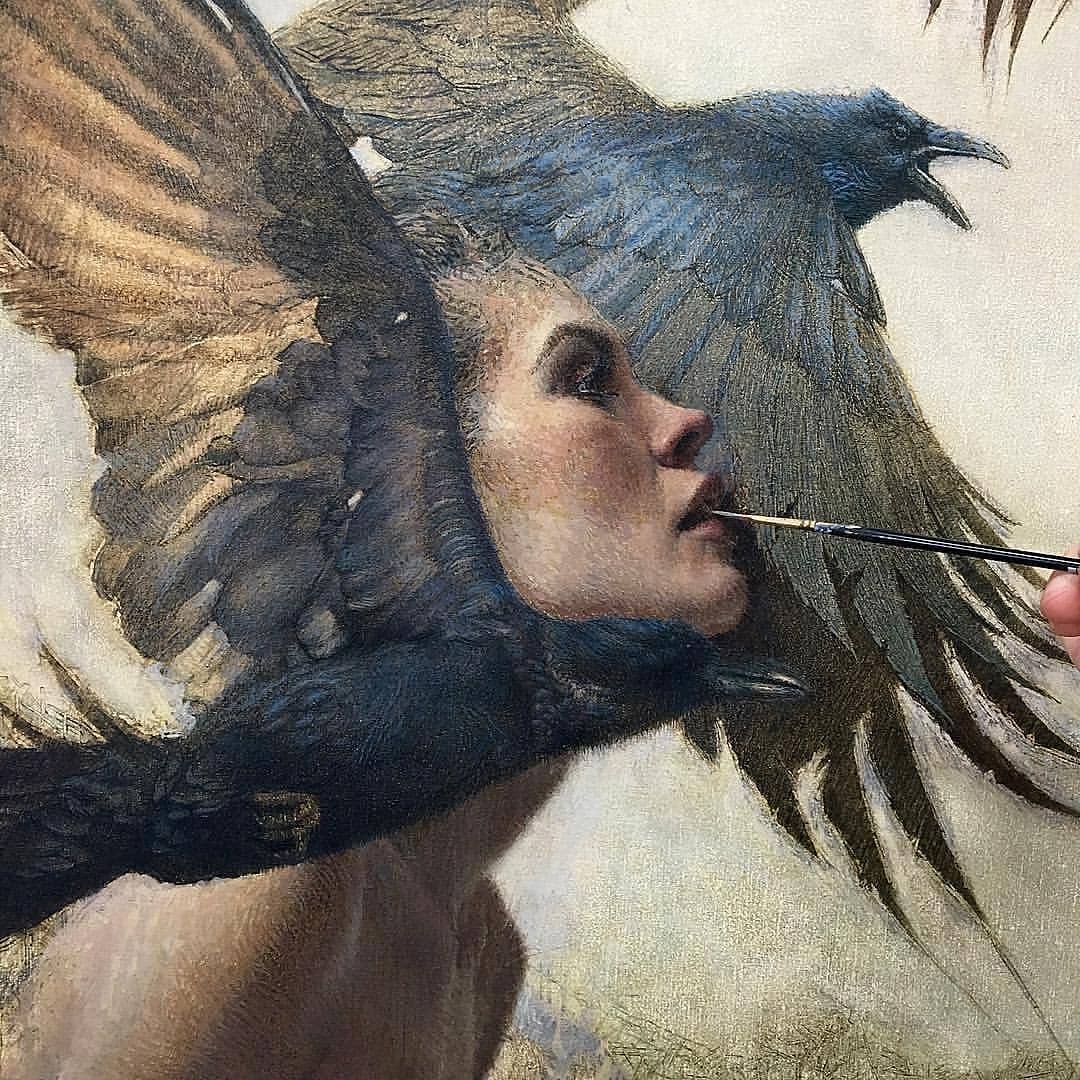



The general features of the art of surrealism are the fiction of the absurd, syllogism, paradoxical combinations of forms, visual instability, and variability of images. The main goal of the surrealists was through the unconscious to rise above the limitations of both the material and the ideal world, to continue rebellion against the emasculated spiritual values of bourgeois civilization. Artists of this direction wanted to create on their canvases a reality that does not reflect reality prompted by the subconscious, but in practice, this sometimes resulted in the creation of pathologically repulsive images, eclecticism, and kitsch. Certain interesting finds of surrealists were used in commercial areas of decorative art, for example, optical illusions, which make it possible to see two different images or plots in one picture, depending on the direction of the eye. At the same time, artists turned to the imitation of the features of primitive art, the work of children and the mentally ill.
For all their programmatic purpose, the works of surrealists evoke the most complex associations. At the same time, they can be identified in our perception with both evil and good. Awesome visions and idyllic dreams, violence and humility, despair and faith – these feelings in various forms appear in the works of surrealists, actively influencing the viewer. With all the absurdity and even certain amusement of some works of surrealism, they can stimulate consciousness, arouse associative imagination.
Surrealism was a contradictory artistic phenomenon, which largely explains the wide orbit of its distribution. Many seeking artists who subsequently abandoned surrealistic views passed through it (P. Picasso, P. Klee, Truly Camille Clovis, etc.). The poets F. Lorca, P. Neruda, the Spanish director L. Bunuel, who shot surreal films, adjoined surrealism. The sophisticated technique of combining the unconnected and the self-irony and humor that appeared in late surrealism allowed him to organically integrate into the poetics of modern postmodernism.
Famous surreal art
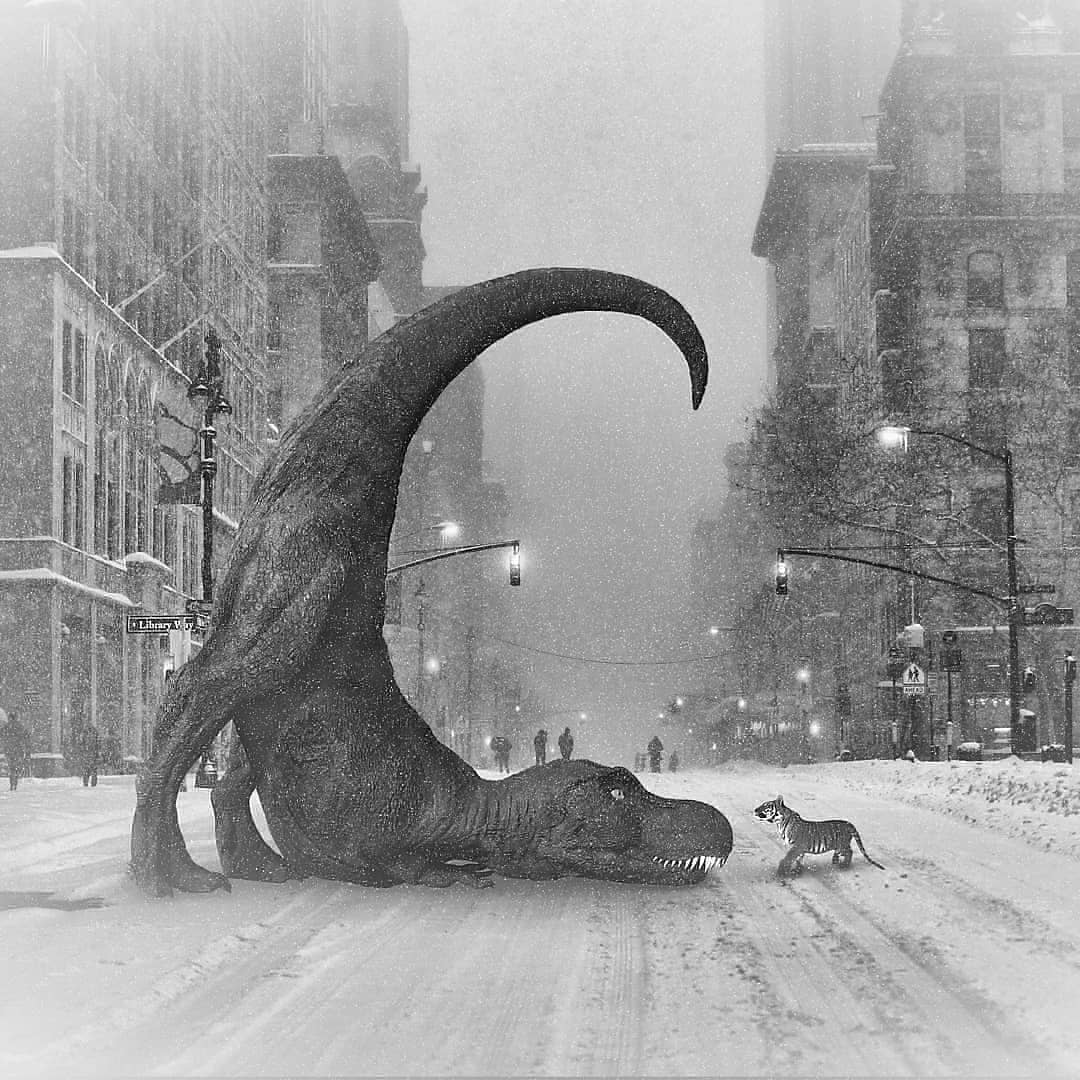
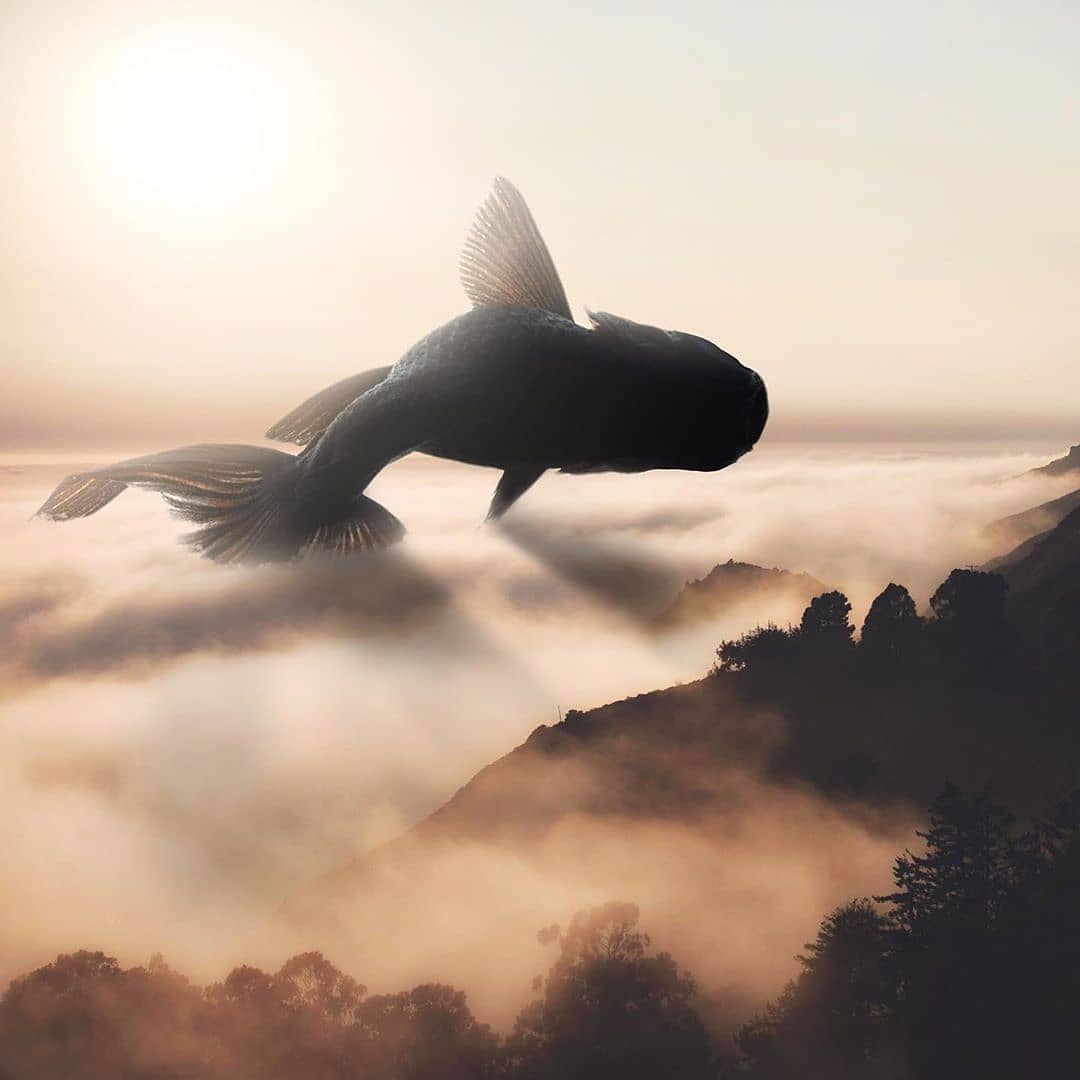
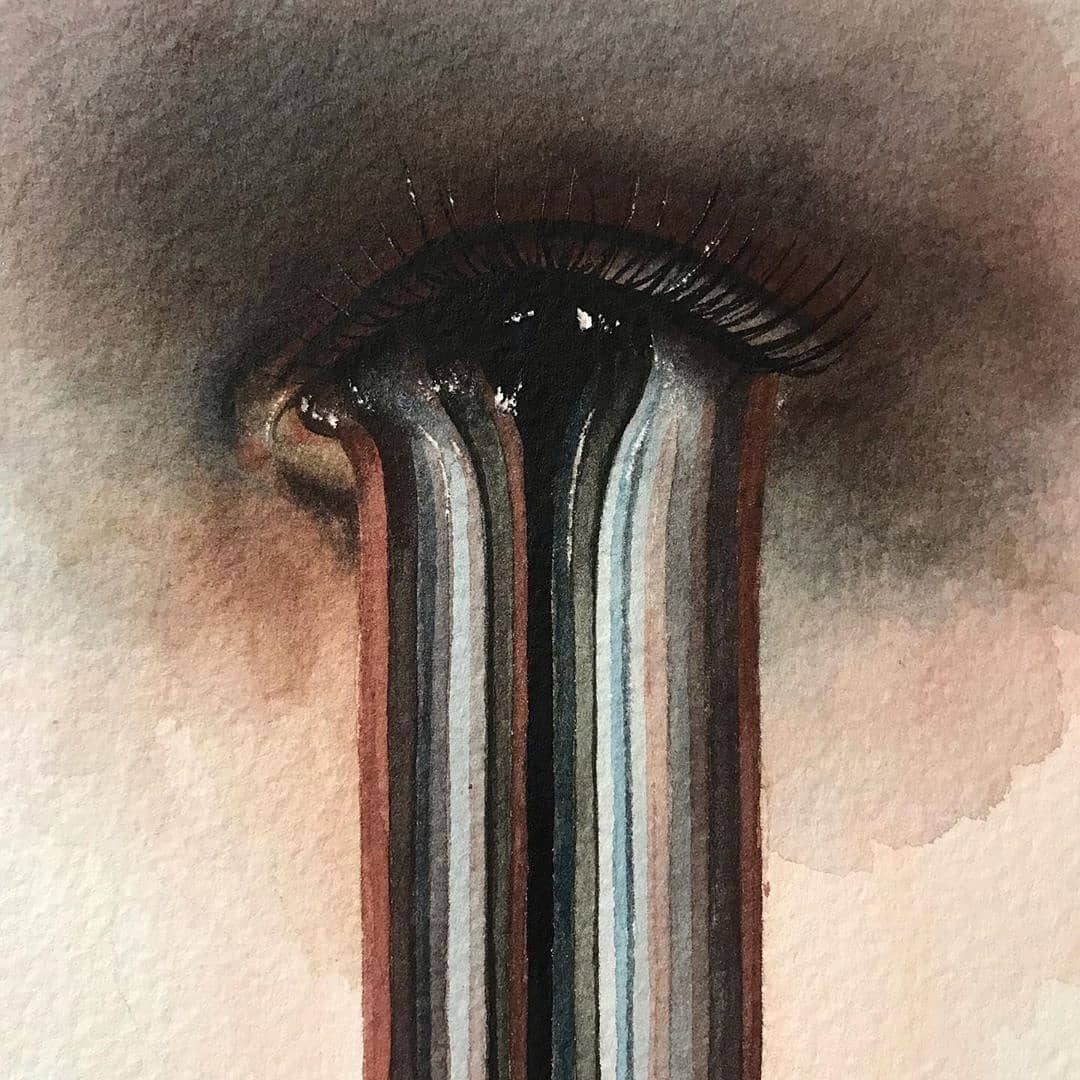
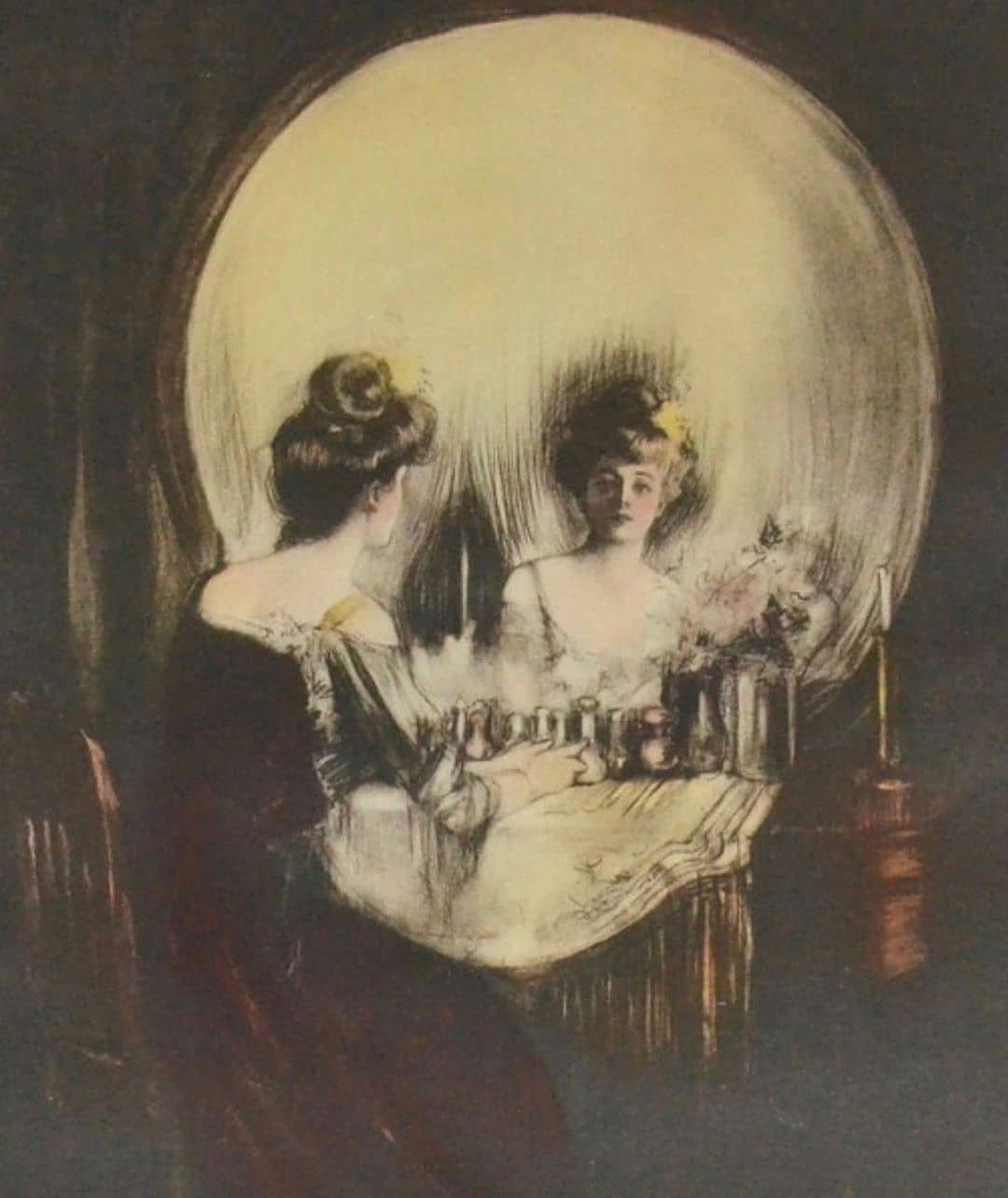

Very often, the paintings of surrealist artists are described as absurd, completely devoid of any logic and full of contradictions works, which nevertheless revolutionized the relationship between the human mind and the reality surrounding us. Surrealists believed that only art can make the human mind completely free.
The forerunner and ideological founder of surrealism in painting, researchers consider the work of the Dutch artist Jerome Bosch (XVI century), whose mysterious paintings showed the interest of the creative person in fantasies, unrealistic images and deformed reality (“Allegory of gluttony and covetousness”, “Removing stupidity stones”, a triptych “ The Last Judgment).
The most famous Surrealist Spaniard Salvador Dali (1904-1989) considered himself a follower of Bosch. His works, based on Freud’s theory of the human subconscious, served as a formal and visual language for conveying his dreams, fantasies, and hallucinations to people around him. His work is characterized by the use of the paranoid-critical method of cognition (a state that allows you to create illusions while fully maintaining your sanity). His famous paintings are “The Constancy of Time,” “The Dream Caused by a Bee Flying Around a Pomegranate, A Moment Before Awakening,” “A Premonition of Civil War,” “Swans Reflected in Elephants,” etc.
Surrealism is considered to be the German ideologist of the style: artist, graphic artist and sculptor Max Ernst. This is a recognized master of collage and frotting, in whose works a lot of attention is focused on the work of people with a mental disorder. His works: “Pleiades or the approach of puberty”, “Celebes”, “Doubtful woman”, “Oedipus the King”, “Castor and Polkas”, “Eye of silence”.
Surreal art

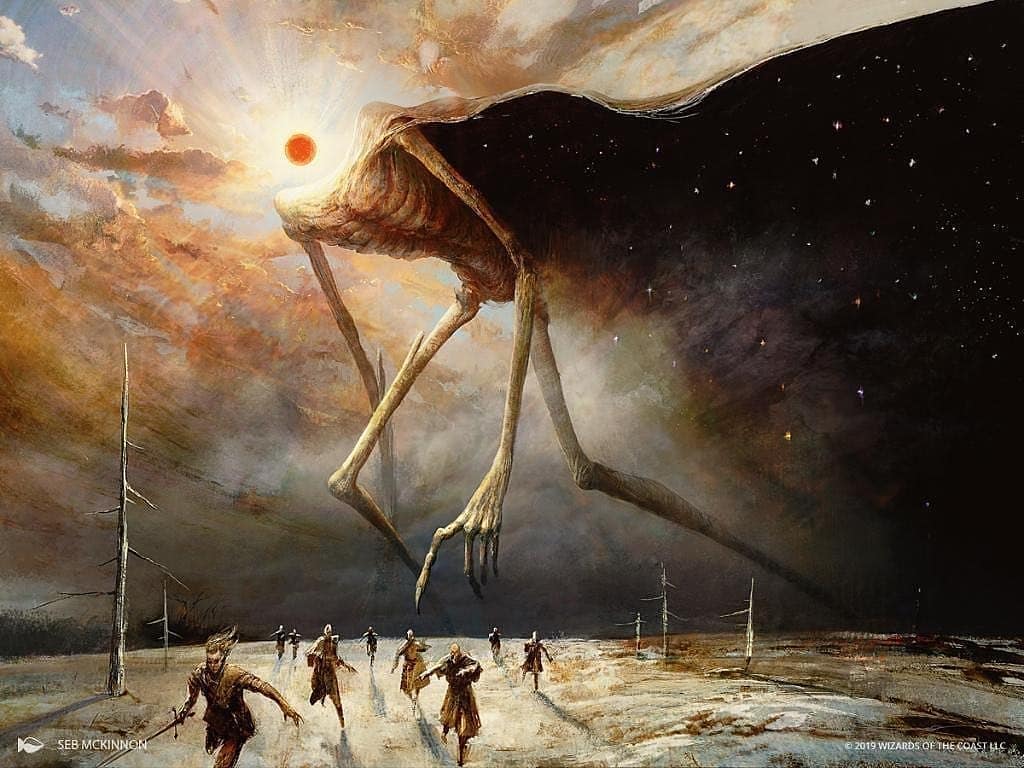
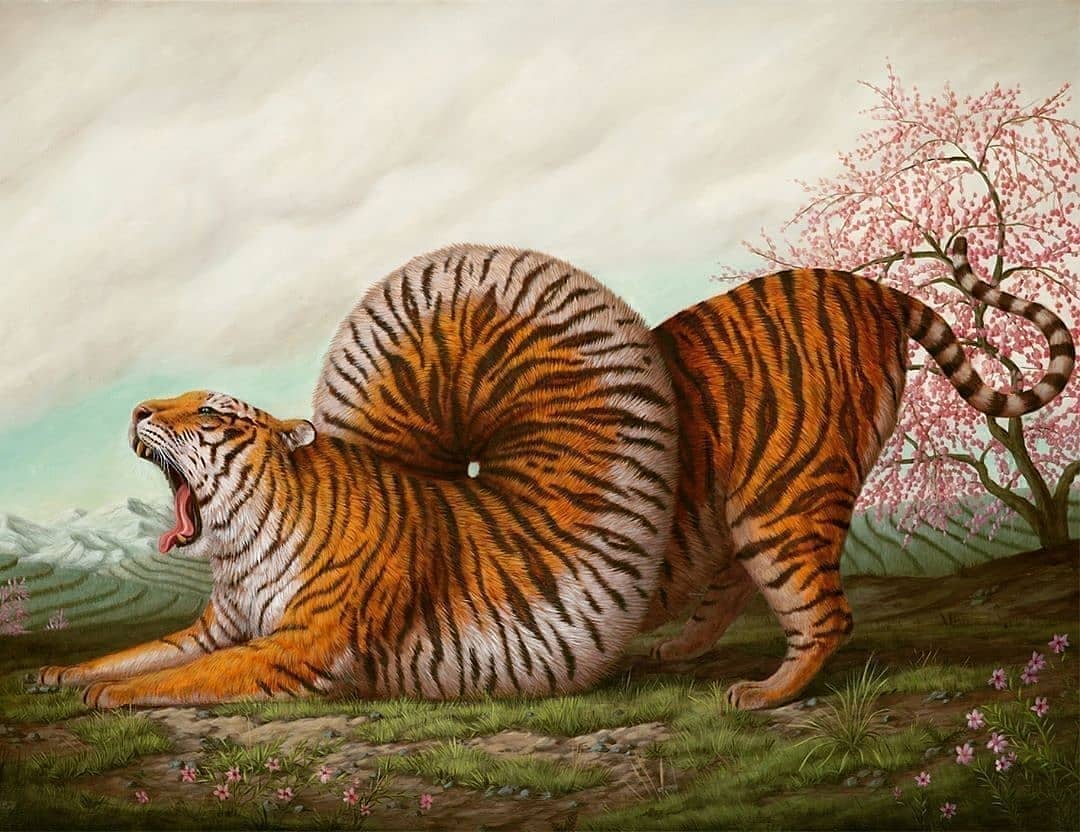
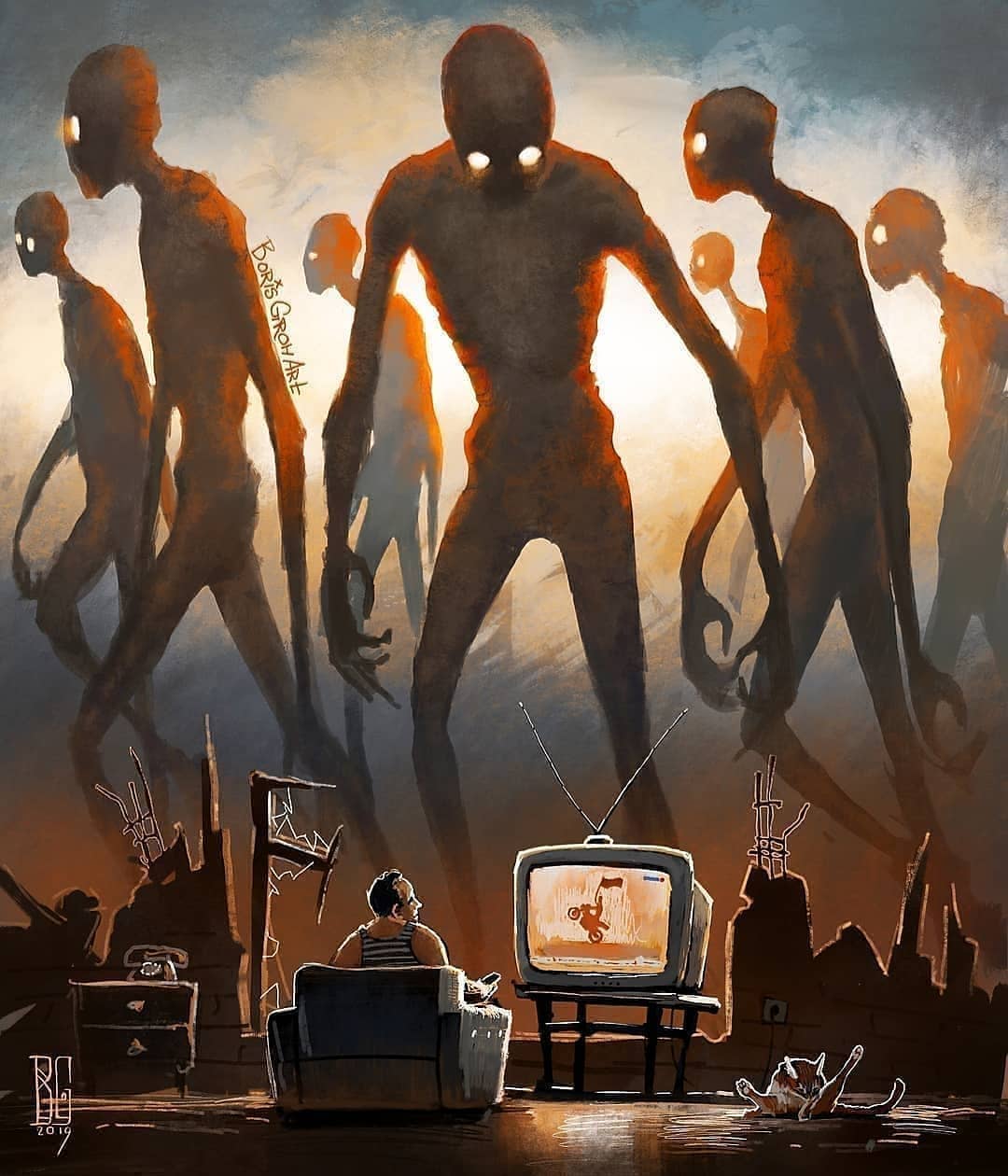
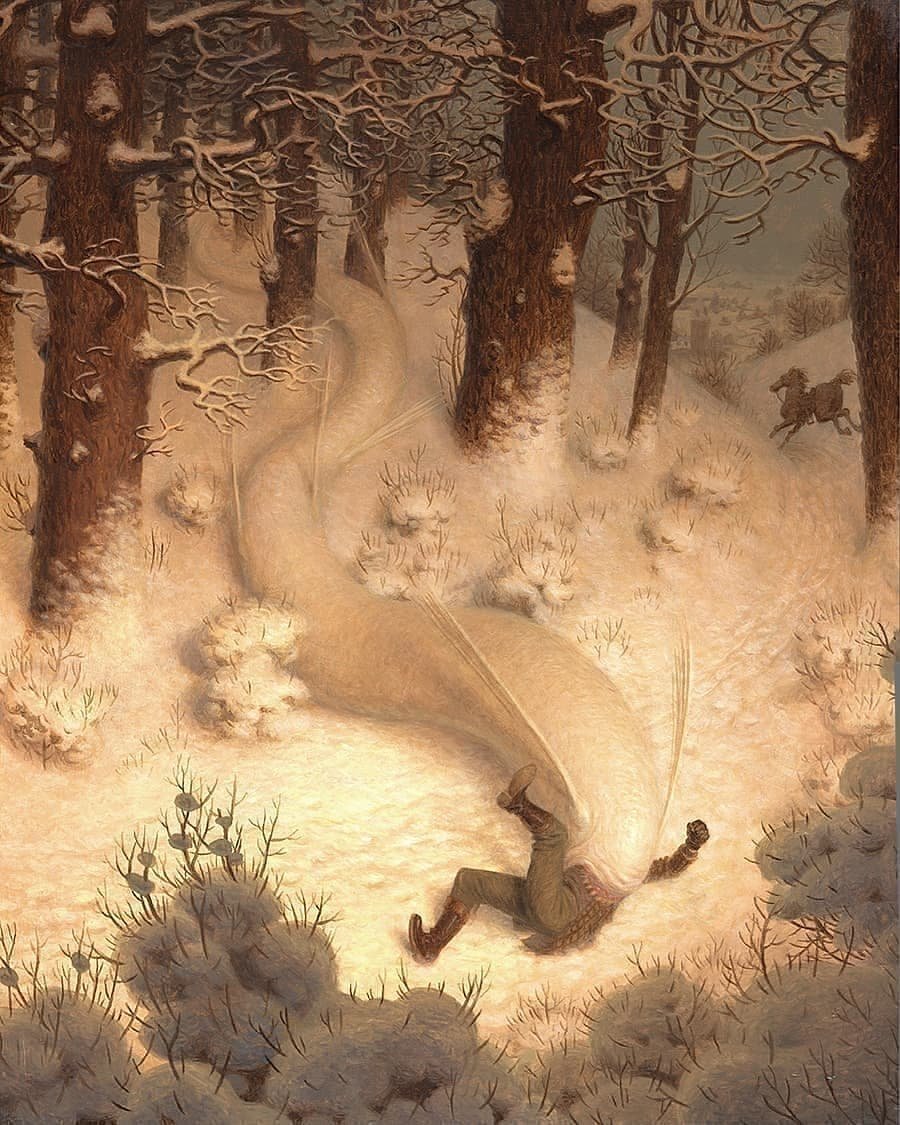
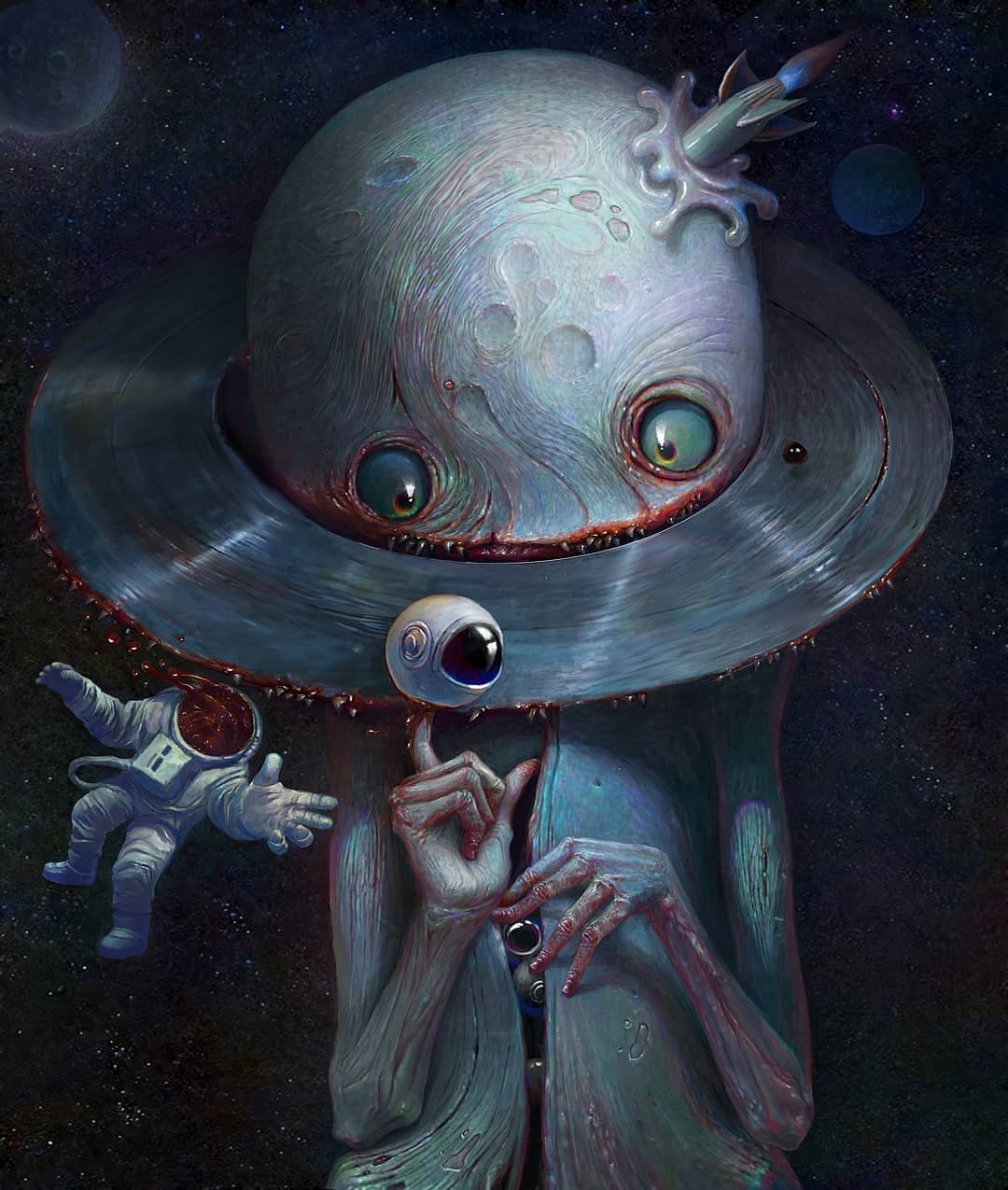
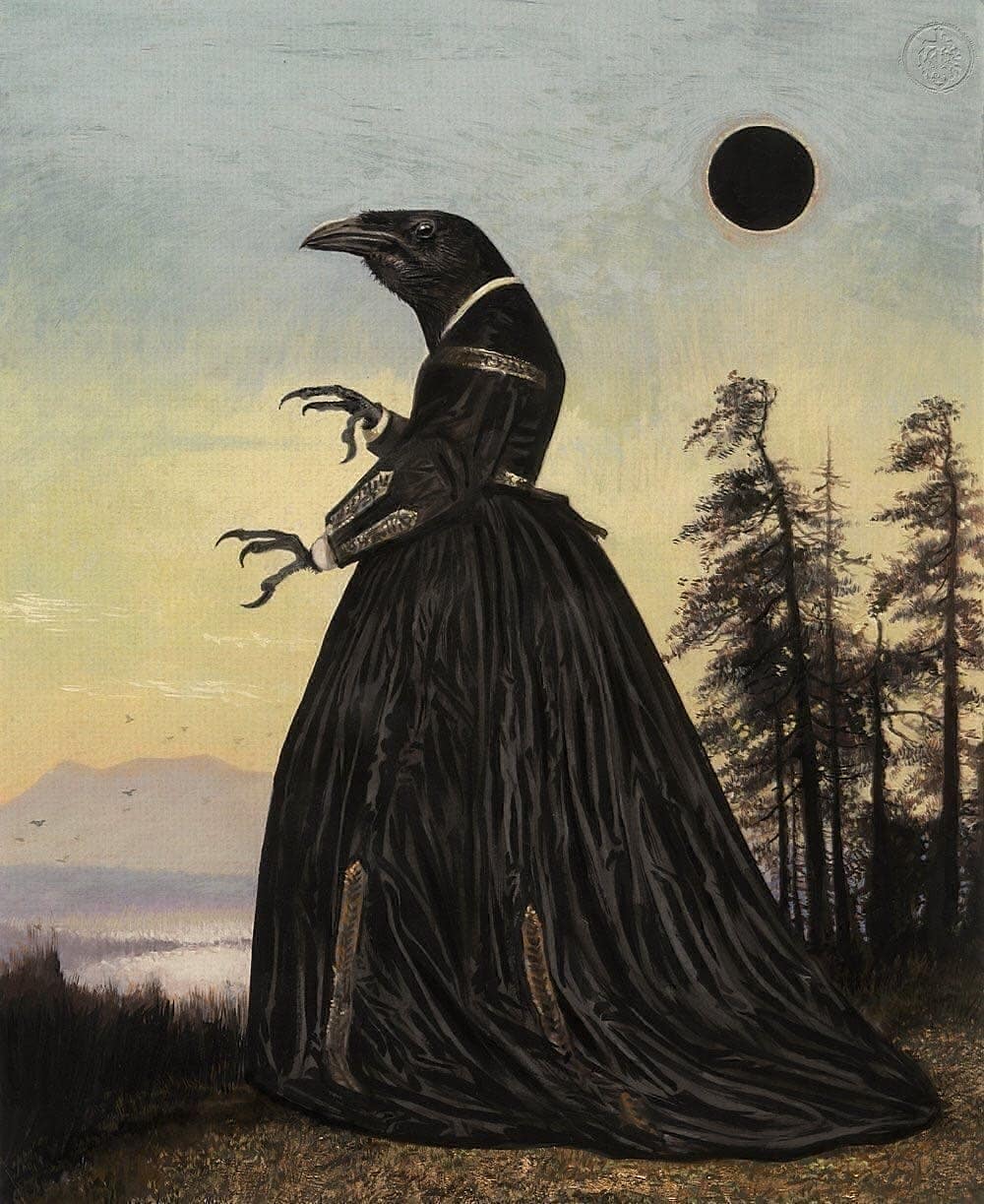
A well-known artist who worked in the style of surrealism, Frida Kahlo (Mexico), her work has a special semantic fullness, emotionality, and brightness. Her works are distinguished by a large number of self-portraits: “Little Doe”, “Two Frida”, “Broken Column”, “roots”, “What the Water Gave Me”.
The French surrealist Yves Tanguy, who changed a huge number of different professions, was a sailor for some time, which explains the presence in his paintings of the theme of the sea, underwater inhabitants. His works are characterized by a certain gloom, romanticism, the use of soft, smooth lines, the image of clouds, sea waves, puffs of smoke: “Tomorrow”, “Wind”, “Hand in the Clouds”, “Transformation”, “Storm”.
In Belgium, the painter Paul Delvo contributed to the development of a surrealistic trend in painting, the central theme of his paintings was a naked female body, often depicted skeletons, the most famous canvases: Sleeping Venus, Mermaid Village, Mirror, Leda, Pygmalion. Also, the famous Belgian artist is the surrealist Rene Magritte, his works “Child of Man”, “Lovers”, “Fake Mirror”.
Surrealism as a separate art movement on the territory of Russia was not developed since in the days of the USSR even the most innocuous fantasies and the slightest deviations from the strict ideological course of the Communist Party were recognized as “foreign elements” and the machinations of the decaying bourgeois West. Nevertheless, in some works of artists, you can find some prerequisites for their surrealistic perception. For example, in the painting of the Soviet artist Alexander Tyshler (1898-1980) “Director of the Weather”, researchers see fantastic images and spatial sensations similar to surreal techniques in the paintings of Salvador Dali, Goncharov’s painting “Death of David” (1926) was made in the best traditions of Max Ernst’s paintings, paintings artist Clement Redko, related to the subject of electroorganisms, are associated with the “machines of desires” Ernst and Duchamp.
The group of followers and students of Kazimir Malevich, under the name UNOVIS (Affirmators of New Art), was most closely associated with such a direction in painting as surrealism. Researchers note that all later work of Malevich (on the example of the painting “Three Girls”) can be safely attributed to the surrealistic direction.
Beautiful surreal art
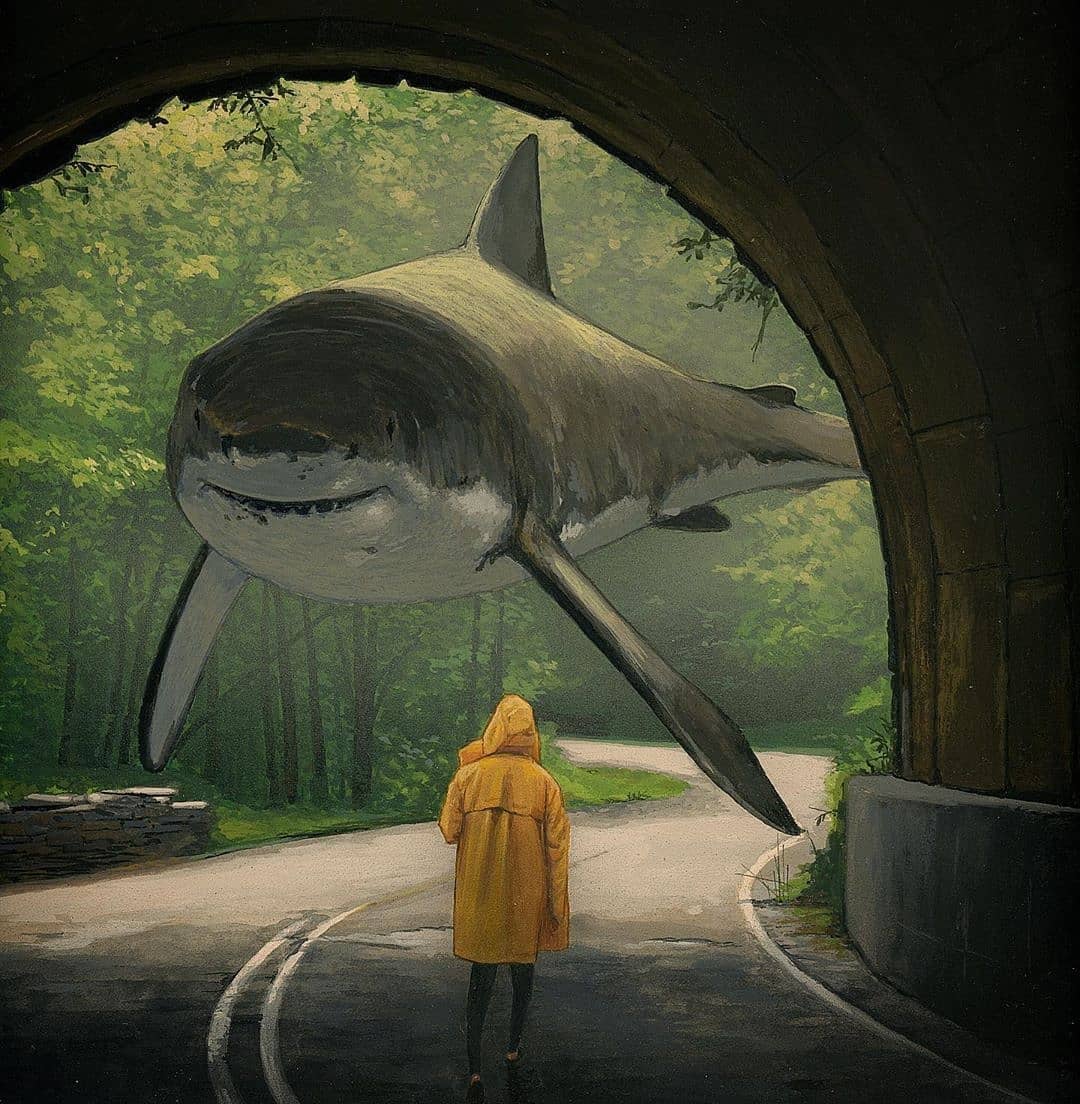




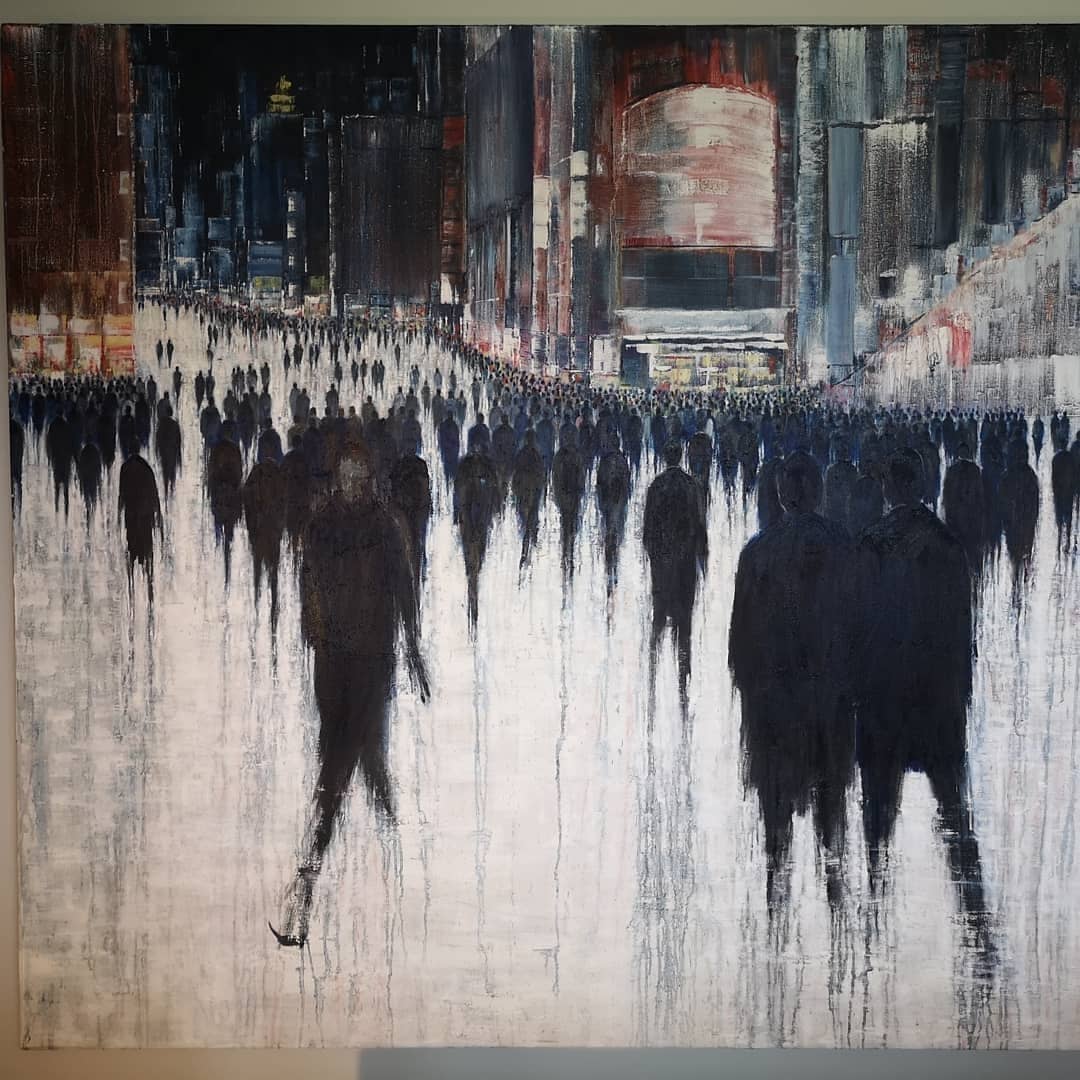
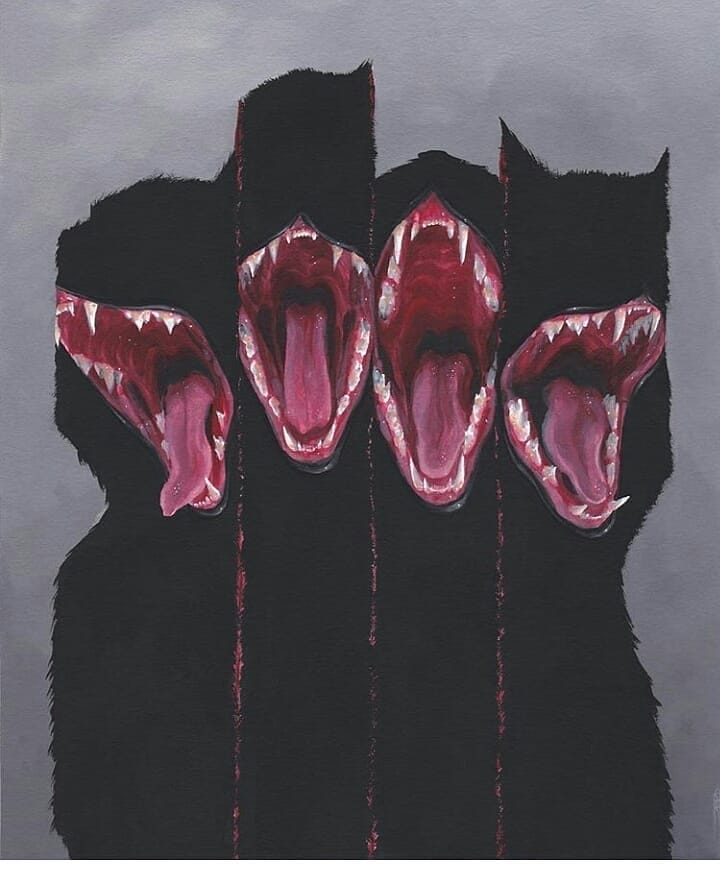
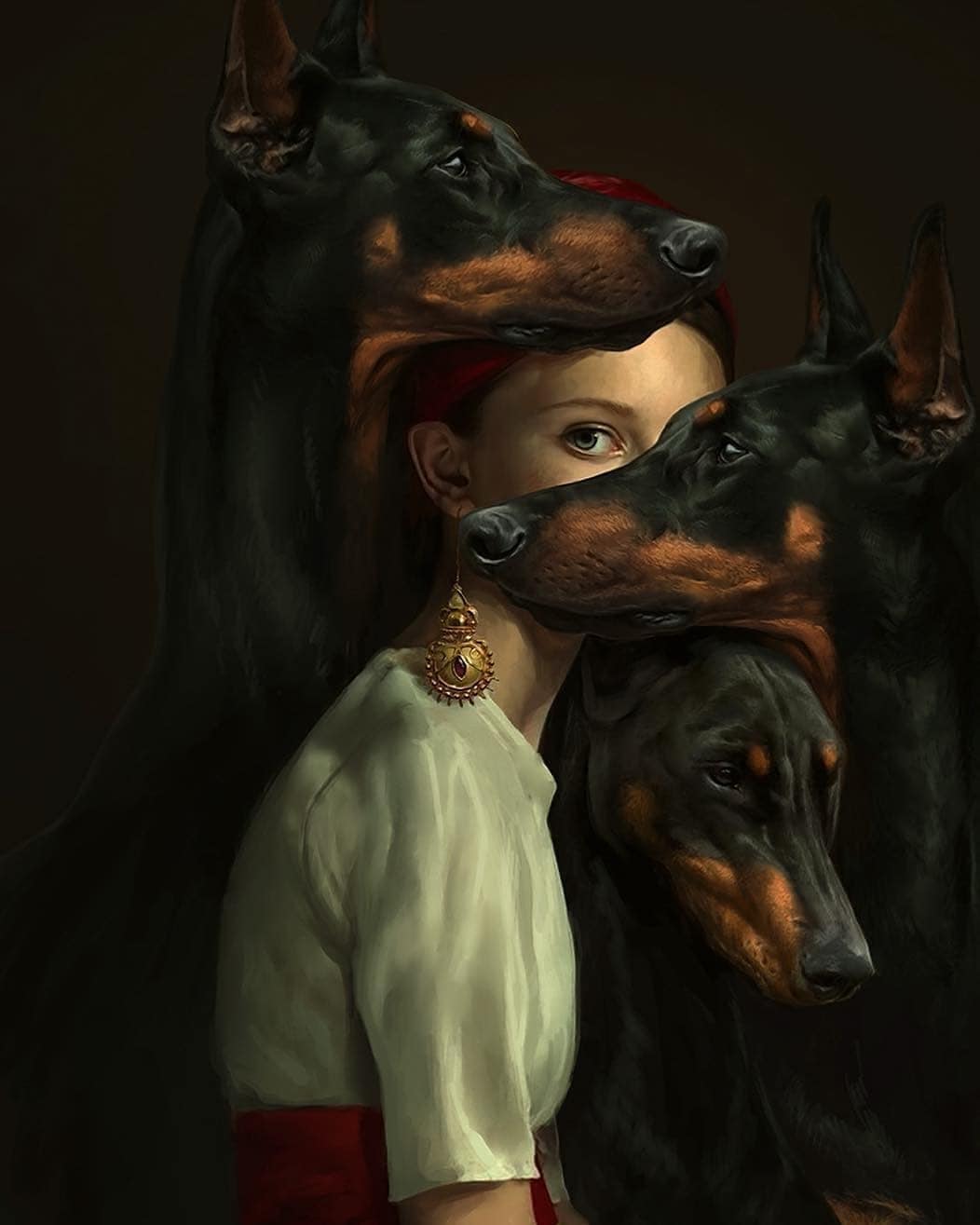
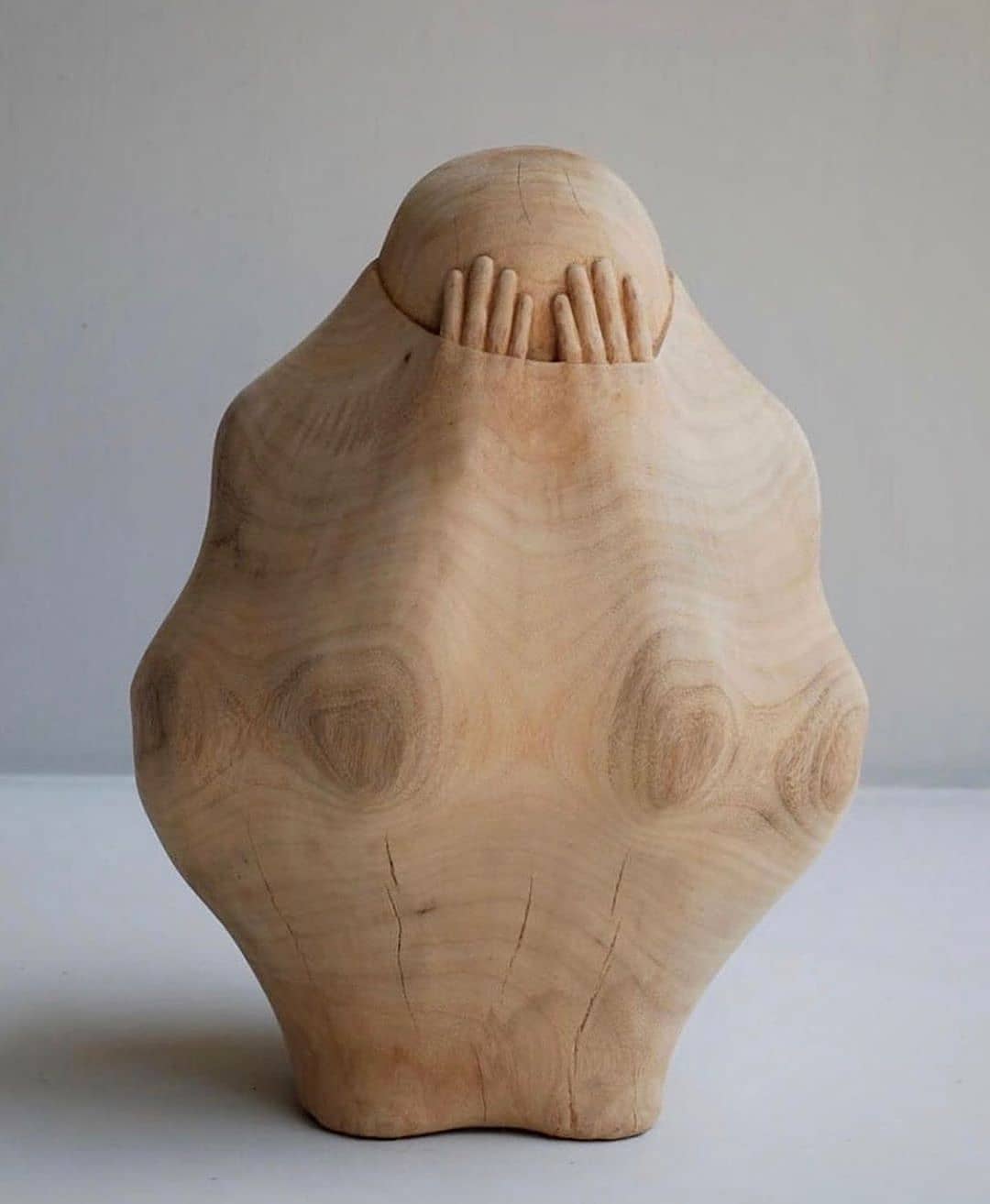


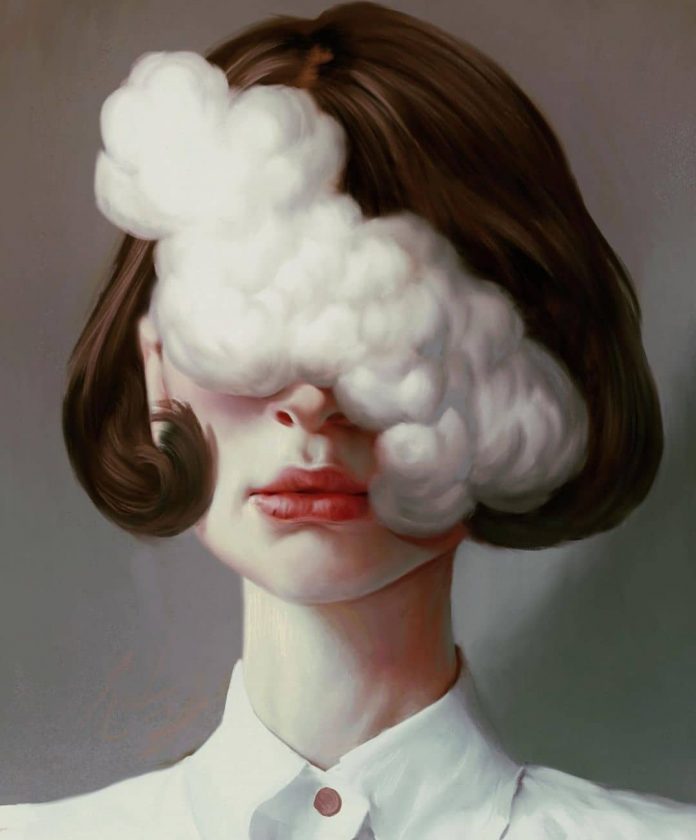
[…] of art through the blockchain promises to tokenize the possession of a particular unit of painting. This allows you to confirm that you are the actual owner of the script. Similarly, it is planned […]
Hello, I was wondering who created the first painting?
Aykut Aydogdu.
Need a title and artist at the end of each artworks.
was thinking the same thing